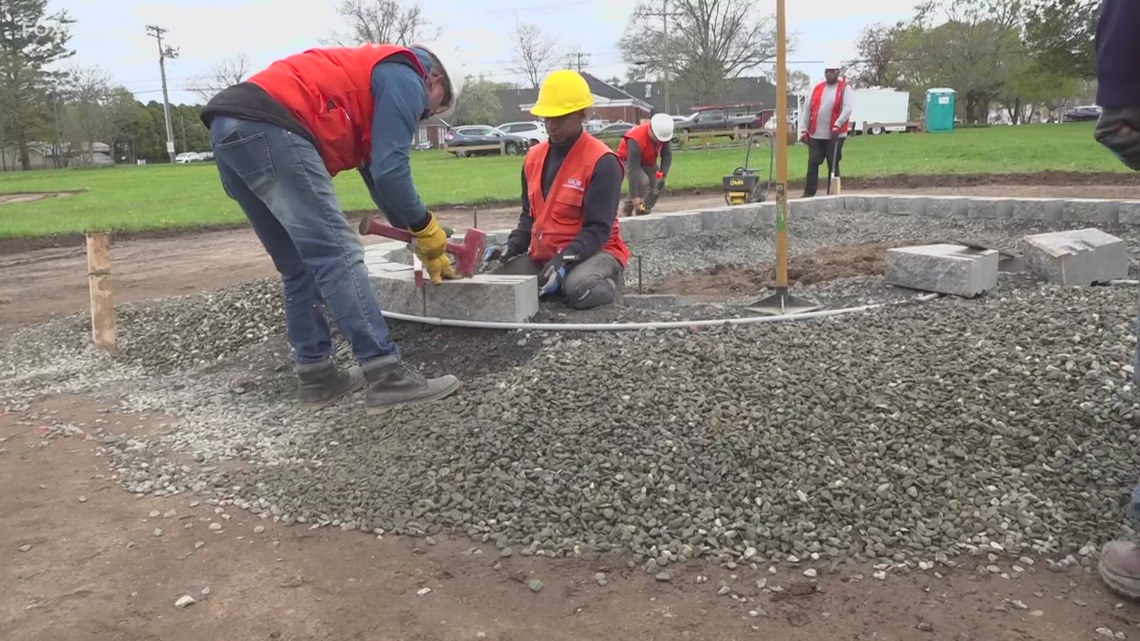Buzzing with Purpose: Local Heroes Transform Urban Spaces into Bee Havens

Transforming Urban Spaces: WeLoveU Volunteers Create Vibrant Pollinator Gardens
In a heartwarming display of community commitment, volunteers from the WeLoveU Foundation recently breathed new life into an East Hartford park by establishing beautiful pollinator gardens. These carefully designed green spaces are more than just aesthetically pleasing—they serve a critical ecological purpose by providing essential habitats for bees, butterflies, and other vital pollinators.
The dedicated team of volunteers worked diligently to select native plant species that would attract and support local pollinator populations. By strategically planting flowers, herbs, and native grasses, they created a thriving ecosystem that supports biodiversity and helps maintain the delicate balance of local wildlife.
This inspiring project not only enhances the park's natural beauty but also raises awareness about the importance of pollinator conservation. Through their hands-on efforts, the WeLoveU volunteers demonstrated how community action can make a meaningful difference in environmental stewardship and urban green space development.
